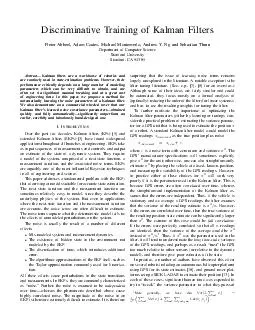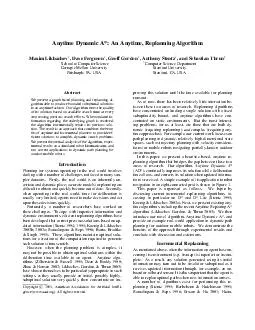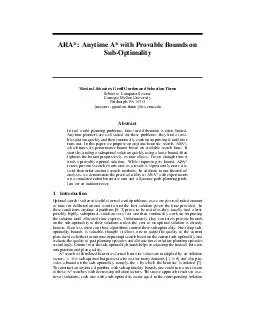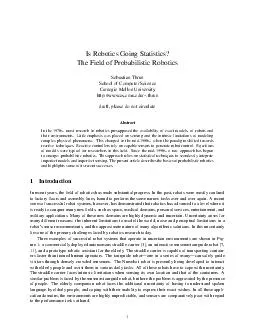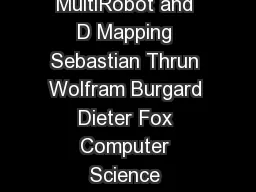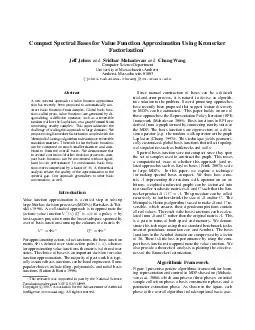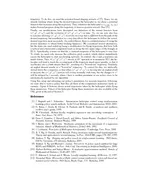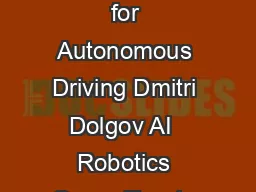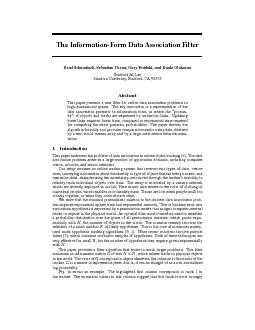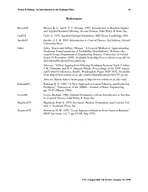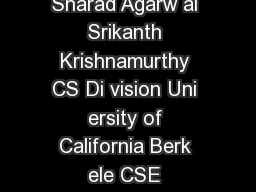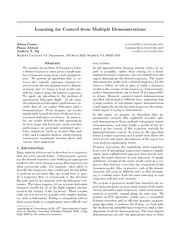PDF-Discriminati raining of Kalman Filters Pieter Abbeel Adam Coates Michael Montemerlo Andre
Author : giovanna-bartolotta | Published Date : 2014-12-24
Ho we er their perf ormance critically depends on lar ge number of modeling parameters which can be ery dif64257cult to obtain and ar often set via signi64257cant
Presentation Embed Code
Download Presentation
Download Presentation The PPT/PDF document "Discriminati raining of Kalman Filters P..." is the property of its rightful owner. Permission is granted to download and print the materials on this website for personal, non-commercial use only, and to display it on your personal computer provided you do not modify the materials and that you retain all copyright notices contained in the materials. By downloading content from our website, you accept the terms of this agreement.
Discriminati raining of Kalman Filters Pieter Abbeel Adam Coates Michael Montemerlo Andre: Transcript
Download Rules Of Document
"Discriminati raining of Kalman Filters Pieter Abbeel Adam Coates Michael Montemerlo Andre"The content belongs to its owner. You may download and print it for personal use, without modification, and keep all copyright notices. By downloading, you agree to these terms.
Related Documents

